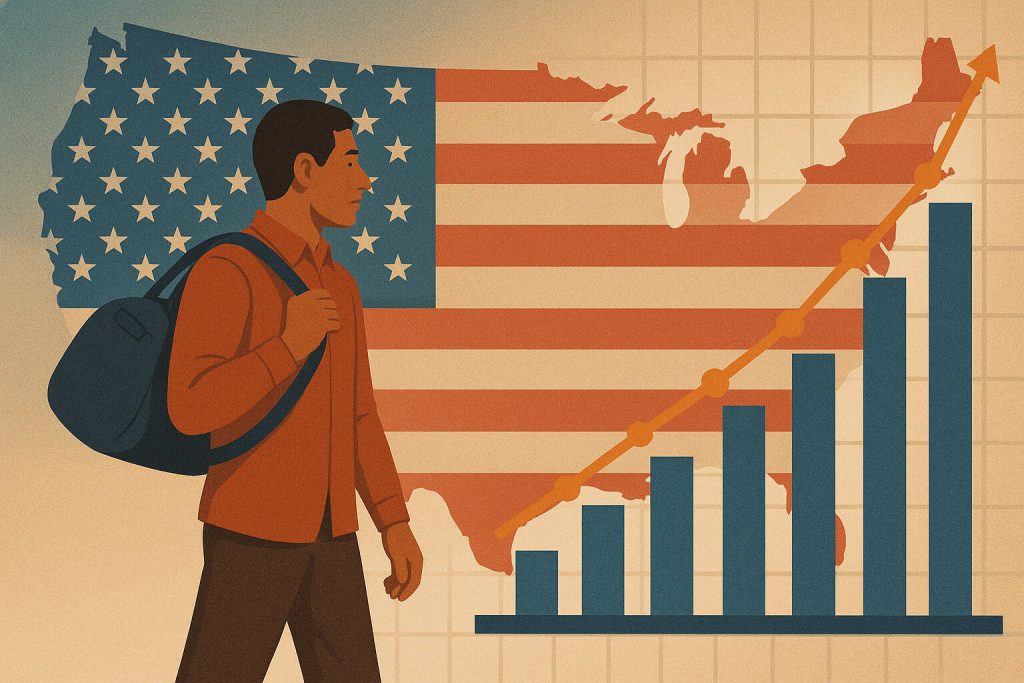
Influx of Cheap Goods and Local Competition
When a market opens to global trade, more foreign products enter the country. These are often cheaper due to lower production costs abroad. While this benefits consumers, it creates challenges for local businesses.
Local products may lose appeal when cheaper alternatives become available. As a result, many small businesses struggle to keep up. If they cannot lower prices or improve quality, they risk shutting down operations.
In such scenarios, trade policies have sensitive effects. A law that allows widespread imports may directly impact the livelihoods of workers in domestic industries.
Price Increases Due to Tariffs and Restrictions
At times, the government imposes tariffs or import restrictions to protect local industries. However, when import taxes rise, the cost of those goods increases in the market. In some cases, even local products experience price hikes due to limited supply.
For example, if sugar imports are restricted, the price of local sugar may rise due to scarcity. While this might benefit local farmers in the short term, small bakers or businesses relying on affordable ingredients may struggle.
Thus, every policy change affects not just one sector but the entire flow of trade within the country.
Employment Growth in Certain Industries
When trade policies support domestic industries, employment opportunities can grow in factories, farms, or service sectors. These policies can create more jobs for local workers.
One example is when the government prioritizes local products for infrastructure projects. Using locally produced cement increases demand, resulting in job creation within that sector.
In these cases, trade policies serve as a bridge for reinvesting trade-driven profits into community development.
Shifts in Supply Chain and Production
Changes in trade regulations also affect the flow of materials and product components. Companies may need to switch suppliers or adjust production methods.
For instance, an electronics company may rely on imported microchips. If import restrictions are imposed, the company may need to find local alternatives or raise prices to cover costs.
These changes impact not just the business but also employees, suppliers, and the final price of products in the market.
Changes in Consumer Behavior
Trade policies that allow cheaper imports often lead to shifts in consumer preferences. Many begin choosing imported products for their lower price or better packaging. Over time, demand for local goods may decline.
This also influences culture and production practices. For example, if imported rice dominates local markets, the production of native rice varieties may drop, along with the loss of traditional farming practices in some communities.
At this point, the impact extends beyond economics, affecting social habits and cultural traditions.
Improved Quality Through Competition
Imported goods can also create positive pressure for local businesses to innovate. Facing competition, they are pushed to invest in better packaging, faster service, or higher product quality.
Where once a basic product was sufficient, it now has to meet international standards. For example, local cosmetics brands are becoming more creative and aggressive in marketing to compete with popular Korean and Japanese imports.
This results in greater consumer choice and a stronger local brand identity.
Decline of Industries Due to Over-Reliance on Imports
An excessive reliance on imported goods can significantly undermine the strength and sustainability of domestic industries. When local businesses are forced to compete with cheaper foreign products—often produced with lower labor or material costs—they may find it difficult to maintain profitability. This imbalance in competitiveness frequently results in downsizing or permanent closure of local manufacturing plants, particularly in sectors that are labor-intensive and price-sensitive.
The textile industry serves as a clear example of this trend. The steady influx of inexpensive fabrics from abroad has led to the erosion of local production, where once-thriving mills now face dwindling demand. Beyond profit loss, this shift has also jeopardized traditional craftsmanship and specialized skills that have been developed over generations. As these industries shrink, the country not only loses economic activity but also cultural heritage tied to local manufacturing practices.
In light of this situation, the implementation of balanced trade policies becomes critical. Complete liberalization exposes vulnerable industries to sudden market shocks, while overly restrictive measures can stifle innovation and limit consumer choice. An effective approach lies in crafting trade frameworks that provide room for local sectors to modernize, innovate, and remain competitive, while gradually adapting to global market dynamics.
Effects on Small and Medium Enterprises (SMEs)
Small and medium enterprises (SMEs) are often disproportionately affected by abrupt trade policy changes. Unlike large corporations, SMEs generally operate with limited capital reserves and smaller logistical networks, leaving them with little flexibility to absorb shifts in import costs, supply chain disruptions, or compliance requirements. When tariffs rise or import rules change suddenly, SMEs may face immediate cost pressures that threaten their viability.
For instance, businesses that depend on specific imported raw materials—such as a small company producing herbal tea blends using foreign herbs—may be severely impacted when the cost of imports rises due to increased tariffs or stricter import controls. These businesses may have to raise retail prices to remain viable, which can reduce their competitiveness and customer base. Others may be unable to adapt at all, leading to layoffs, reduced production, or even business closure.
Given the significant role SMEs play in job creation and regional economic growth, it is essential that they receive appropriate support in adapting to trade policy shifts. Financial aid, technical training, and access to alternative supply chains can help these enterprises remain resilient. A trade environment that nurtures SMEs encourages a more inclusive and diversified domestic economy, protecting it from overconcentration in a few large sectors.
Balancing Protection and Growth
The degree of protection required by an industry depends largely on its maturity, competitive readiness, and strategic importance to the economy. Some sectors may already be equipped to face international competition due to technological advancements or economies of scale, while others—especially those in rural or developing areas—may still require structured support to grow sustainably. Applying the same level of trade exposure to all industries without differentiation often leads to uneven outcomes.
Gradual and well-timed policy transitions are crucial for ensuring that local industries are not abruptly exposed to competition they are not yet equipped to handle. For example, phased tariff reductions, temporary subsidies, or capacity-building programs can give industries the time and resources they need to adapt to new standards. Such strategies also allow businesses to invest in productivity, improve product quality, and explore new markets with greater confidence.
Trade policies designed with long-term national development in mind must be informed by accurate economic data, stakeholder input, and realistic projections of market impact. Policymakers should focus on strengthening sectors that show potential for growth and self-sufficiency, while also identifying areas where international partnerships and competition could enhance innovation. A nuanced approach to trade fosters economic resilience and positions the domestic market for sustainable advancement.
Good Trade Policies Strengthen Domestic Markets
When trade policies are well-balanced, domestic markets thrive. Consumers gain access to affordable goods, local businesses grow, and workers have more job opportunities.
This balance is not easy to achieve. Every decision affects multiple areas of the economy. But with continuous evaluation and proper implementation, equitable and meaningful growth becomes possible.
Sound trade policy is not based merely on price or popularity. It is rooted in the interests of all citizens who depend on a fair and functioning market.


